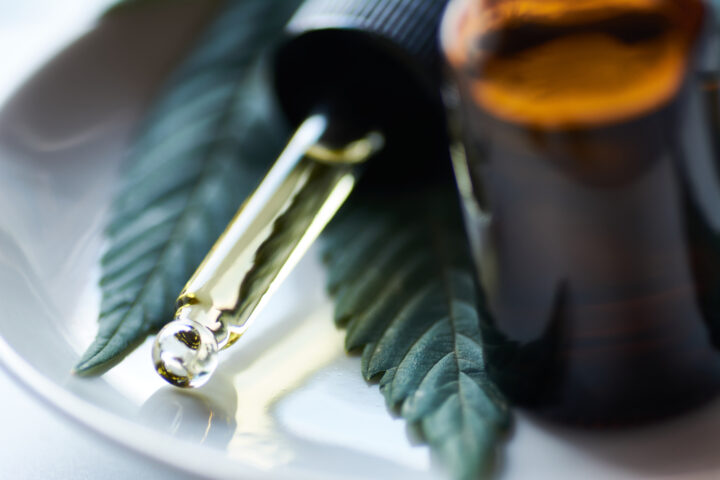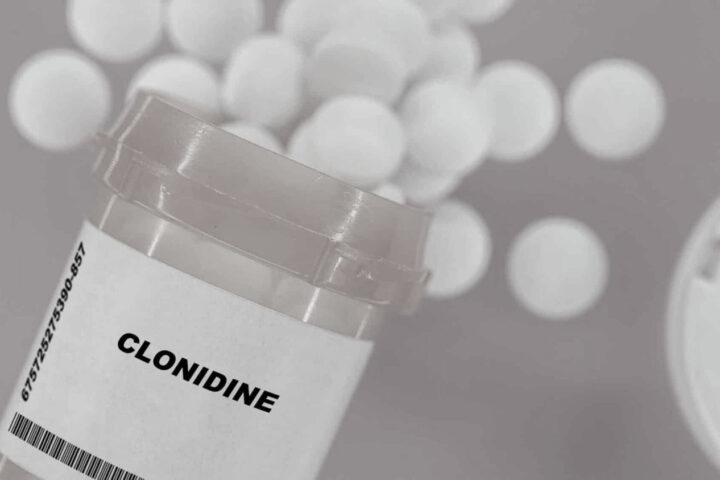There’s a quiet kind of addiction that doesn’t come in bottles or needles. It’s the addiction to numbness, to not feeling. It hides in busy schedules, endless scrolling, emotional detachment, and even in the relentless pursuit of “being fine.” It’s what happens when pain becomes too familiar to let go of, and happiness starts to feel like a threat. For many people in recovery, this is the hardest part, learning to feel again.
When Feeling Becomes a Threat
When you’ve lived in chaos, your emotions become dangerous territory. Fear, sadness, joy, love, they all carry risk. Feel too much, and you might drown. Feel too little, and you lose your humanity. So you find the middle ground, numbness. Not too high, not too low, just enough to survive. But survival isn’t living, and numbing out eventually becomes its own prison.
The addict doesn’t always chase pleasure. More often, they’re running from pain. The drink, the pill, the hit, the relationship, the chaos, it’s all armour. It’s protection against the unbearable weight of emotion. Because when you’ve been hurt enough, even peace can feel suspicious. Calm feels like the silence before the next storm.
Emotional Numbness
Emotional numbness starts as a coping mechanism. It’s the body’s way of saying, “You’ve felt enough for now.” Trauma teaches the nervous system to shut down in the face of pain. That’s why many people in recovery don’t feel immediate joy when they get sober. They feel empty. Detached. Lost. When the noise stops, you realise how much silence hurts.
The early stages of recovery often come with what therapists call “emotional thawing.” Feelings you’ve suppressed for years begin to surface, guilt, grief, shame, loneliness. It’s like waking up from anaesthesia to realise you’ve been bleeding. No one warns you that sobriety doesn’t start with happiness. It starts with overwhelm. That’s why many relapse, not because they want to use, but because they can’t bear to feel.
Why Vulnerability Feels Dangerous
Vulnerability feels like danger when you’ve spent your life armoured. Letting someone in means giving them the power to hurt you. Feeling joy means risking loss. Admitting sadness means confronting what’s missing. For many addicts, pain is safer because it’s predictable. Happiness, on the other hand, feels foreign. You start wondering when it will end. You prepare for disappointment instead of embracing peace.
The fear of feeling is universal. It’s not limited to addicts. It’s in the parent who keeps busy so they don’t have to face their failing marriage. It’s in the executive who numbs through work because slowing down means confronting loneliness. It’s in the person who scrolls until 2 a.m. because silence feels unbearable. In that sense, addiction isn’t the disease of the few, it’s the human condition magnified.
Learning to Feel Again
So what does it mean to learn to feel again? It means sitting with discomfort without immediately reaching for a distraction. It means letting sadness exist without needing to “fix” it. It’s the courage to feel joy without sabotaging it. Recovery isn’t about avoiding pain, it’s about expanding your capacity to feel both pain and peace without running.
Many people believe recovery is about getting your life back on track. But true recovery is emotional fluency, the ability to experience life in its raw, unfiltered form. It’s not always pretty. Sometimes it’s unbearable. But it’s real. Feeling is what turns existence into experience. Without it, you’re just breathing through the days.
Relearning Emotional Fluency
In therapy, there’s often a moment where someone says, “I don’t know how to feel.” That’s not a metaphor. Emotional awareness is a skill that trauma and addiction interrupt. You learn to suppress anger, to hide fear, to fake joy. You perform instead of feel. Relearning emotion takes practice. It’s not about analysing feelings, it’s about allowing them.
In addiction treatment, one of the hardest transitions is from control to curiosity. Instead of asking, “How do I stop feeling this?” the question becomes, “What is this feeling trying to tell me?” Emotions aren’t enemies, they’re messengers. Anger points to boundaries being crossed. Sadness signals loss. Anxiety warns of uncertainty. When you numb them, you lose access to wisdom that could change you.
Building Emotional Tolerance
But feeling again doesn’t mean drowning in emotion. It means building tolerance for it. Emotional regulation isn’t about control, it’s about containment. You can’t stop the wave, but you can learn to surf it. That’s where therapy, support groups, and healthy coping tools come in. You learn that feelings don’t kill you, avoidance does.
There’s a saying in recovery circles, “You can’t heal what you don’t feel.” You can’t fix trauma intellectually. You can’t reason your way out of grief. The body remembers what the mind tries to forget. Healing starts when you stop negotiating with emotion and start listening to it. Pain is a signal, not a punishment.
The Strength in Sensitivity
Many addicts equate feeling with weakness. They’ve been told to toughen up, to move on, to keep functioning. So when sadness comes, they interpret it as failure. When anger rises, they suppress it. When joy appears, they sabotage it. But the truth is, emotional honesty is the purest form of strength. It takes far more courage to cry than to cope.
The fear of feeling also explains why relationships in recovery are so complicated. Intimacy demands emotional exposure. To love is to be seen, and being seen is terrifying when you’ve built your survival around masks. That’s why people in early recovery often withdraw or attach too quickly. Both are avoidance strategies. One hides from rejection, the other tries to prevent it through control.
The Cost of Numbness
Emotional numbness doesn’t just protect you from pain, it protects you from connection. When you shut down to avoid hurt, you also shut out love. Healing requires risk. You have to let people close enough to matter. You have to accept that not everyone will stay. You have to allow joy to coexist with uncertainty. That’s where real living begins, in the tension between vulnerability and resilience.
For those in recovery, feeling again can feel like losing control. And in a way, it is. But control was never peace. It was fear in disguise. Learning to feel means giving up the illusion of safety for the possibility of authenticity. It’s saying, “I don’t know what comes next, but I’m willing to be present for it.”
When Happiness Feels Foreign
Happiness after addiction is not a constant state, it’s a momentary truth. It’s a laugh that doesn’t feel forced, a sunset that actually moves you, a hug that doesn’t make you flinch. Those moments accumulate. Slowly, they become a life. But they can only exist if you’re willing to feel them, if you stop numbing the bad long enough to notice the good.
The process is slow. You will feel too much. You will want to run. You will tell yourself it’s not worth it. But each time you stay, each time you breathe through it instead of shutting down, you teach your nervous system that emotion is safe. That’s recovery at its core. Not the absence of pain, but the capacity to stay with it.
Feeling Is the Return to Life
The fear of feeling is really the fear of being alive. Because life isn’t tidy. It’s not predictable. It’s joy and grief, laughter and loss, chaos and calm, often all in the same day. The goal isn’t to eliminate emotion, but to become someone who can handle it without needing to escape.
When you finally let yourself feel again, you realise that the numbness wasn’t protecting you, it was suffocating you. You realise that pain, when felt, moves. And that happiness, when trusted, heals. You discover that you were never broken, just disconnected from yourself.
And in that connection, fragile and raw, life returns. Not perfect. Not painless. But real.



